Aqua Signal
23 results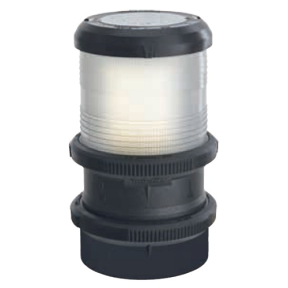
Aqua Signal Marine Navigation Lights & Accessories
Series 40 Nav Light - Anchor/Strobe, Quicfits
SKU: 37250 | Item ID: AQS 40808-7
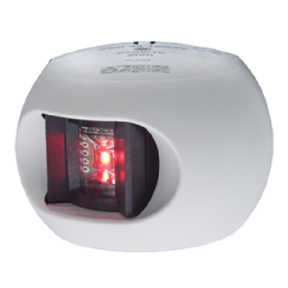
Aqua Signal Marine Navigation Lights & Accessories
Series 33 LED Navigation Light - Port, White
SKU: 367081 | Item ID: AQS 33303-7
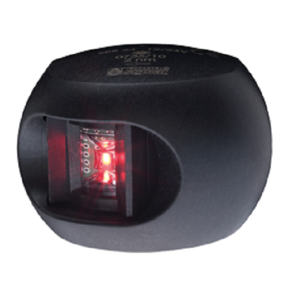
Aqua Signal Marine Navigation Lights & Accessories
Series 33 LED Navigation Light - Port, Black
SKU: 367082 | Item ID: AQS 33302-7
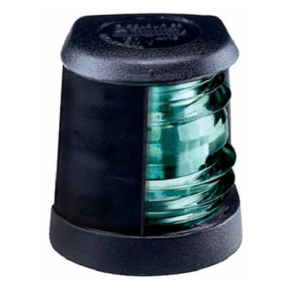
Aqua Signal Marine Navigation Lights & Accessories
Series 20 Black Navigation Light - Starboard, Deck Mount
SKU: 65208 | Item ID: AQS 20200-7

Aqua Signal Marine Navigation Lights & Accessories
2 NM Stern Navigation Light - Series 55, Vessels 20-50m
SKU: 37241 | Item ID: AQS 3533750000
$173.85
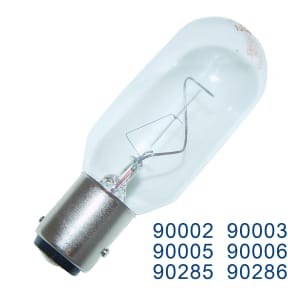
Aqua Signal Marine Navigation Lights & Accessories
Nav Bulbs for Aqua Signal Navigation Fixtures - Series 40, 41, 42, 50 & 55
Available in 2 options
$27.16 - $34.95

Aqua Signal Marine Navigation Lights & Accessories
Aqua Signal Series 40, 50 or 55 Replacement Bulb Socket
SKU: 39287 | Item ID: AQS E-9020012700
$23.38
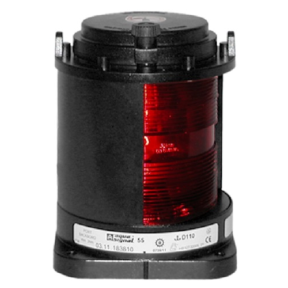
Aqua Signal Marine Navigation Lights & Accessories
2 NM Port Nav Light - Series 55, Vessels 20m-50m
SKU: 37242 | Item ID: AQS 3534250000
$173.85
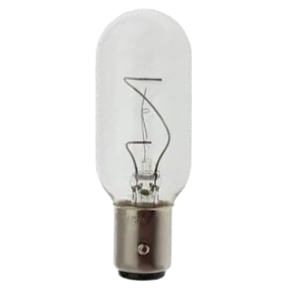
Aqua Signal Marine Navigation Lights & Accessories
Navigation 120V Light Bulb
SKU: 1021417 | Item ID: AQS E-9040028600
$34.04
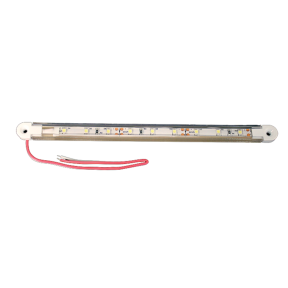
Aqua Signal Marine Navigation Lights & Accessories
Perry LED Strip Light
SKU: 1002483 | Item ID: AQS 16703-7
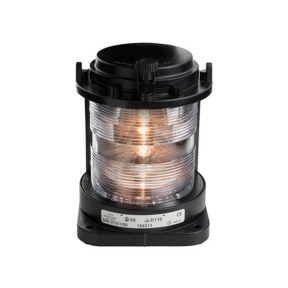
Aqua Signal Marine Navigation Lights & Accessories
2 NM All-Round White Nav Light - Series 55, Vessels 20m-50m
SKU: 37238 | Item ID: AQS 3531750000
$174.29
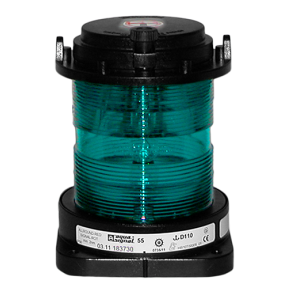
Aqua Signal Marine Navigation Lights & Accessories
2 NM All-Round Green Nav Light - Series 55, Vessels 20m-50m
SKU: 38920 | Item ID: AQS 3531150000
$174.29
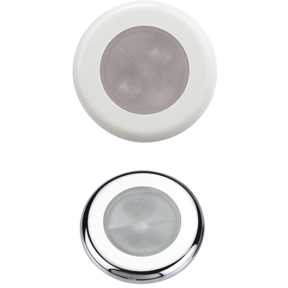
Aqua Signal Marine Navigation Lights & Accessories
Bogota Round Courtesy Accent LED Light
SKU: 208170 | Item ID: AQS 16404-7
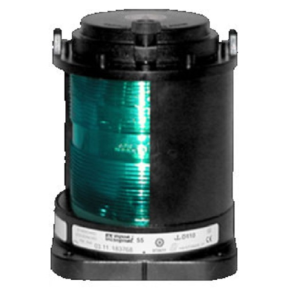
Aqua Signal Marine Navigation Lights & Accessories
2 NM Starboard Nav Light - Series 55, Vessels 20m-50m
SKU: 37243 | Item ID: AQS 3535150000
$173.85
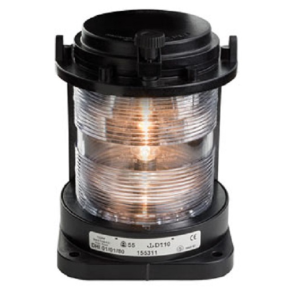
Aqua Signal Marine Navigation Lights & Accessories
5 NM Masthead Nav Light - Series 55, Vessels 20-50m
SKU: 37239 | Item ID: AQS 3532050000
$173.85
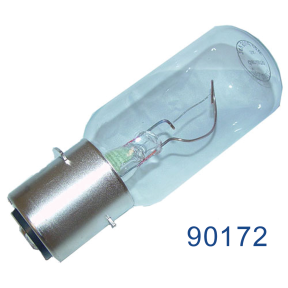
Aqua Signal Marine Navigation Lights & Accessories
Aqua Signal Prefocus Bayonet Bulb - 110V for Series 70, 70D, 70M
SKU: 01454 | Item ID: AQS E-9040017200
$36.10
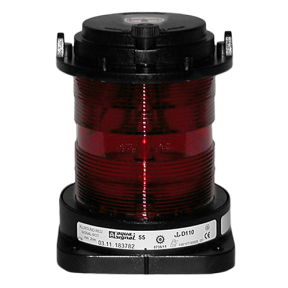
Aqua Signal Marine Navigation Lights & Accessories
2 NM All-Round Red Nav Light - Series 55, Vessels 20m-50m
SKU: 37237 | Item ID: AQS 3531250000
$174.29
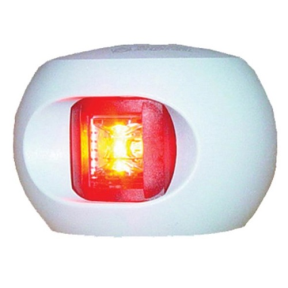
Aqua Signal Marine Navigation Lights & Accessories
Series 34 LED Nav Light - Port/White
SKU: 367092 | Item ID: AQS 34303-7
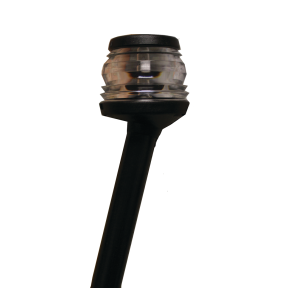
Aqua Signal Marine Navigation Lights & Accessories
Series 20 Navigation Light, Fold-down All-Round Pole Light
SKU: 37255 | Item ID: AQS 20180-7
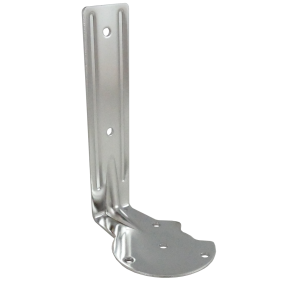
Aqua Signal Marine Navigation Lights & Accessories
Series 40/50 Mounting Brackets
SKU: 37267 | Item ID: AQS 40922-1

Aqua Signal Marine Navigation Lights & Accessories
Series 43 Light Mounting Plate
SKU: 209942 | Item ID: AQS 43901-1
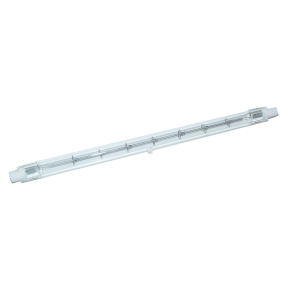
Aqua Signal Marine Navigation Lights & Accessories
Bulbs for Series 1069 1000W Floodlights
SKU: 192275 | Item ID: AQS 90350-1
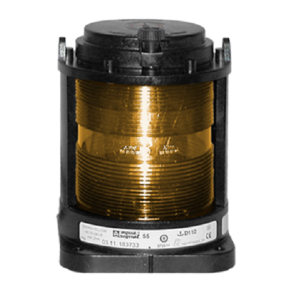
Aqua Signal Marine Navigation Lights & Accessories
2 NM Towing Nav Light - Series 55, Vessels 20-50m
SKU: 37240 | Item ID: AQS 3533450000
$173.85
Aqua Signal: High-Quality Marine Navigation Lights at Fisheries Supply
Aqua Signal is a globally recognized brand in the marine lighting industry, known for its high-quality products that withstand extreme temperatures, heavy rain, and saltwater exposure. Founded in 1868, Aqua Signal has a rich history of innovation and quality, becoming the market leader in electrical lighting for boats in the late 19th century. Today, the brand offers a wide range of marine lighting solutions, including searchlights, docking lights, navigation lights, flood lights, cabin lights, and replacement bulbs.